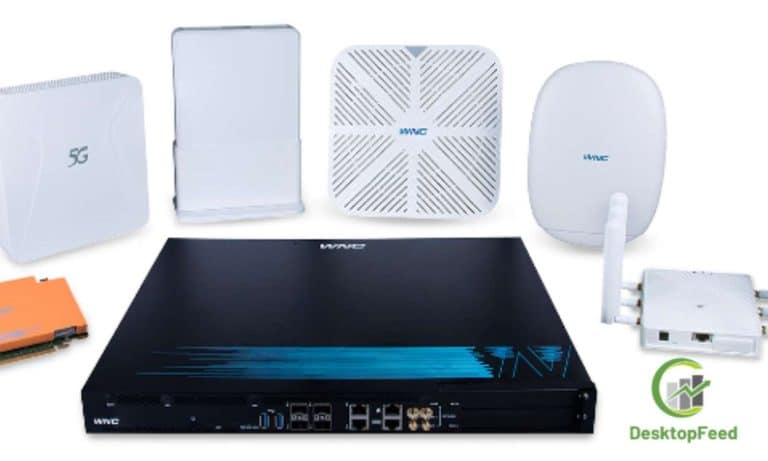Is 80 Degrees Hot For My CPU?

If you are asking yourself “is 80 degrees hot for my CPU?” there are some things you should keep in mind. First of all, the humidity in a room can make 80 degrees feel much hotter than they are. Try to stay in a cool room. Avoid open parking lots, as they tend to feel hot. Also, make sure to keep some plants around your computer to absorb heat. If you can’t find a place to place plants, consider a shady tree in a sunny room.
80 degrees Celsius is too hot for a CPU
The maximum temperature of a CPU should not exceed 80 degrees Celsius under normal circumstances, so a lower temperature is recommended for gamers. Usually, a CPU will self-throttle once it reaches this temperature. The best way to keep a CPU cool is to clean the thermal paste. Old CPUs may have dried out the thermal paste. A typical idle temperature should be about 45-60 degrees Celsius.
While 81 degrees Celsius is within safe operating limits, GPUs should be kept below this temperature range. AMD recommends that GPUs should be kept at a temperature of around 178 degrees Fahrenheit. The temperature of a CPU should stay around 70 to 80 degrees. A constant high temperature of this kind can be damaging to the CPU, as it causes it to overheat. Keeping your CPU at a safe temperature is essential for a long-lasting computer.
75 degrees Celsius is too hot for a GPU
When determining whether your GPU is too hot, consider the average temperature of your CPU and GPU. During idle, your CPU should be between 60 and 62 degrees Celsius. When your GPU is above that range, you should optimize your case airflow or consider installing a dedicated cooler. The ideal temperature for a gaming GPU is 75 degrees Celsius, but if it goes above that, it may need cooling.
To keep GPU temperatures under control, install aftermarket graphics card coolers. You can also try using aftermarket GPU cooling software to adjust fan speeds and clocks to reach your target temperature. Aftermarket GPU coolers, such as the evo 212, are also available. In order to ensure that your GPU is running at its optimal temperature, try using one of the many free cooling solutions available. A good example is a noctua GPU cooler. “Is 80 Degrees Hot”
If your GPU’s idle temperature is higher than that, it’s too hot for your graphics card. If you see this in the MSI Afterburner, you should re-seat it with thermal paste. You should also monitor GPU temperatures while gaming. A GPU running at 70 degrees Celsius is fine. However, a GPU over 75 degrees is too hot for your CPU. So, keep in mind that you should reduce your GPU’s usage during idle time.
Another factor to consider is the ambient room temperature. A GPU’s thermals are affected by the ambient room temperature. High temperatures prevent heat transfer, and tiny particles will cause the heat to accumulate on your graphics card. When temperatures rise by just one degree Celsius, the fan speed will increase by 6.5 RPM. Smaller cases are less likely to have fans and more cramped hardware. It is important to choose a cooling solution that fits your needs and budget.
The temperatures of your GPU are directly related to the display resolution and FPS you are using. In general, your GPU should be in the 65-70 degrees Celsius range while gaming at high resolution. The temperature range is slightly lower for medium and high-resolution games, but if you are playing in a colder climate, your GPU should remain around 53-60 degrees. Despite what you may think, it is still better to maintain a temperature below 75 degrees Celsius.
105 degrees Celsius is too hot for a CPU
Most PCs are rated to run at about 70 to 80 degrees Celsius, but temperatures above this range can damage the CPU. Generally speaking, a CPU should not exceed 105 degrees Celsius. A more conservative estimate of safe operating temperatures is around 65 to 70 degrees Celsius. Overclocked CPUs can reach as high as 90 degrees Celsius, but this is still unsafe. Even overclocked processors can suffer from excessive heat. Overheating parts of the PC can cause damage to the CPU and motherboard.
While a high CPU temperature can be dangerous, it can also be healthy. Temperatures in the range of 95 to 105 degrees Celsius are perfectly acceptable for normal use. CPUs can tolerate much higher temperatures when used less frequently. But if you’re running a PC for long hours, 105 degrees Celsius is just too hot. If your computer is running at these temperatures, you’ll have to run it in a fan-powered mode to avoid overheating. “Is 80 Degrees Hot”
While a CPU’s temperature is normal under normal conditions, GPU temperatures are not. A GPU should be idle at about 70 degrees Celsius. When the CPU is under heavy load, 80 degrees Celsius is fine, but if it’s idle, it’s too hot. This is a sign of a slow cooling system. Intel CPUs have a thermal limiter built into them that throttles back the load as the temperature rises.
109 degrees Celsius is too hot for a GPU
When is 109 degrees Celsius too hot for a GPU? This question can be tricky, as GPUs are complex PC components. While it may seem difficult to track down the exact temperature, there are some routine techniques you can use to keep your GPU from getting too hot. If your GPU does overheat, you need to make sure you adjust the fan speed and temperature in the settings. Also, make sure you monitor GPU temperature with a GPU diagnostic tool, such as HWiNFO.
The temperature of the graphics card is affected by dust particles. The more dust that collects on a graphics card, the more heat it retains. Therefore, a GPU should be dust-free if possible. Most common ways to clean dust are to use compressed air, but remember that this can damage the fan. If your GPU is overheating, the cooling system will throttle the performance to reduce the load on the GPU. If the GPU heats up too much, it may even shut down the system.
Also Read: what is Tranny Tube? Different Types of Tranny Tubes
GPUs can operate normally in temperatures between 50 and 90 degrees Celsius. However, if the GPU temperature exceeds this limit, it will undergo thermal throttling, which slows the clock to prevent overheating. This can be avoided by cleaning the dust off the GPU, installing additional case fans, or undervolting the GPU. But even then, GPUs designed to operate at high temperatures should be avoided if possible.
AMD is slowly catching up on the market with high-capacity graphic cards. AMD GPUs are built to handle high temperatures and come with better cooling systems. While blower-style cooling systems were used in the past, AMD GPUs have improved their thermal management systems, which now allow the GPU to reach temperatures above 100 degrees. That’s still too hot, and should be avoided at all costs. “Is 80 Degrees Hot”
While the CPU is the most important part of a PC, the ambient temperature can affect the thermal performance of a GPU. The GPU needs to transfer heat from the PC to the outside environment, and a high ambient temperature can hamper that. High temperatures can warp the materials used in the hardware, shortening its life span. It’s not just about performance, but longevity as well. And if you want to get the most out of your GPU, it’s important to keep it cool.
For More Articles: Desktopfeed.com






